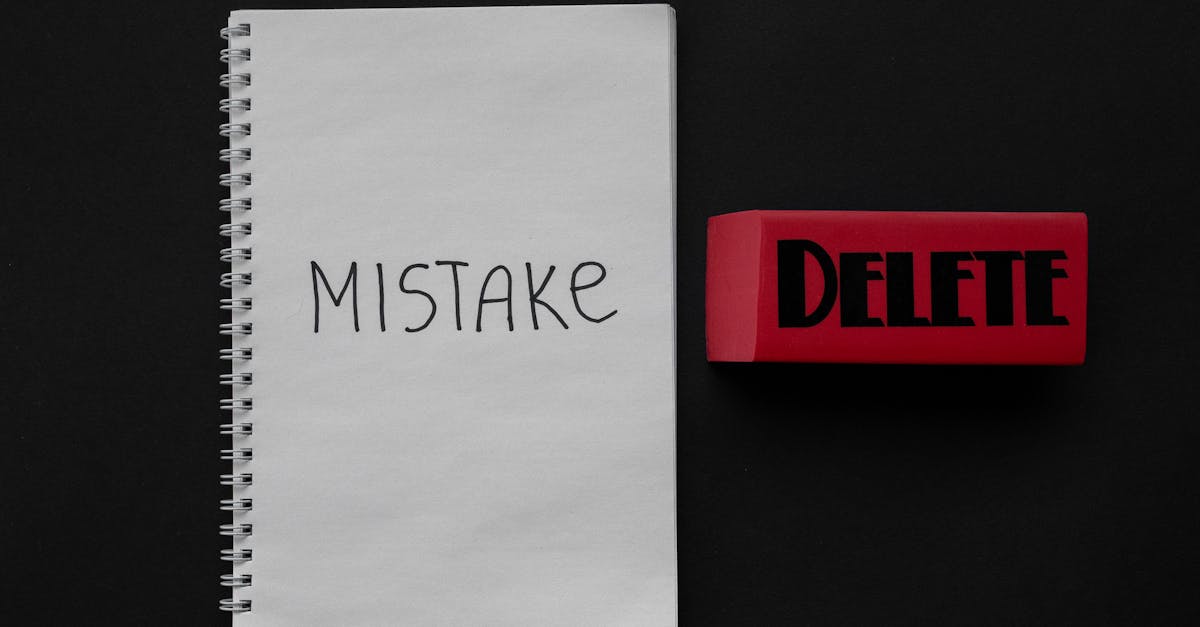Creating compelling product photos is crucial for e-commerce success. Mistakes in photography can significantly impact how potential customers perceive your products. By identifying these common errors and understanding how to avoid them, you can ensure your photos reflect the quality of your products and effectively attract buyers. This comprehensive guide delves into frequent pitfalls and offers practical tips to enhance your product photography.
Poor Lighting
Effective lighting is the backbone of professional product photography. Poor lighting conditions can lead to photos that are either too dark, too bright, or with unflattering shadows. To achieve the best results:
- Use soft, diffused lighting sources such as light tents or studio lights to create even illumination.
- Avoid direct sunlight or harsh artificial lights that can create unwanted reflections and shadows.
- Balance the light using reflectors or diffusers to enhance clarity and appeal.
For more in-depth lighting techniques, check out this guide on product photography lighting.
Inconsistent Backgrounds
Background consistency is crucial in product photography as it helps maintain focus on the product itself and reinforces your brand’s visual identity. To improve your backgrounds:
- Use clean and uniform backdrops to prevent distractions.
- Avoid backgrounds with patterns, colors, or objects that can draw attention away from the product.
- Choose a backdrop that complements your product while providing contrast.
- Consider investing in a set of backdrop options or using photo editing tools to maintain consistency across all your product images.
Learn more about choosing the right background for product photography.
Ignoring Details
Detailed inspection of your product and setup is critical to achieving professional-quality photos. To ensure you’re not overlooking important details:
- Meticulously clean the product and its surroundings before photographing.
- Arrange all components neatly and ensure packaging is free of wrinkles or imperfections.
- Use a magnifying glass or camera zoom to identify and correct small details that may be visible in the final images.
- Consider using a checklist for product photography to ensure you don’t miss any crucial steps.
Not Using the Right Equipment
Selecting appropriate equipment is fundamental for achieving high-quality product photos. Essential equipment includes:
- A good camera (professional or smartphone with additional accessories)
- A tripod to prevent camera shake and ensure steady shots
- Lighting equipment or lightboxes for consistent illumination
- Camera accessories like remote shutters or lens attachments
- Photo editing software for post-production refinement
For a comprehensive guide on product photography equipment, visit this resource on essential gear.
Skipping the Editing Process
Editing is an essential part of the product photography process that can elevate your images from good to great. During post-production:
- Crop images to focus on the product
- Adjust exposure and contrast to enhance clarity
- Correct colors to accurately reflect the product
- Remove minor flaws or distractions
- Consider using AI-powered editing tools to streamline your workflow
For more advanced editing techniques, explore this tutorial on product photo editing.
By avoiding these common mistakes and implementing the suggested improvements, you can create high-quality product photos that showcase your items effectively and drive sales. Remember, consistent practice and attention to detail are key to mastering product photography.



